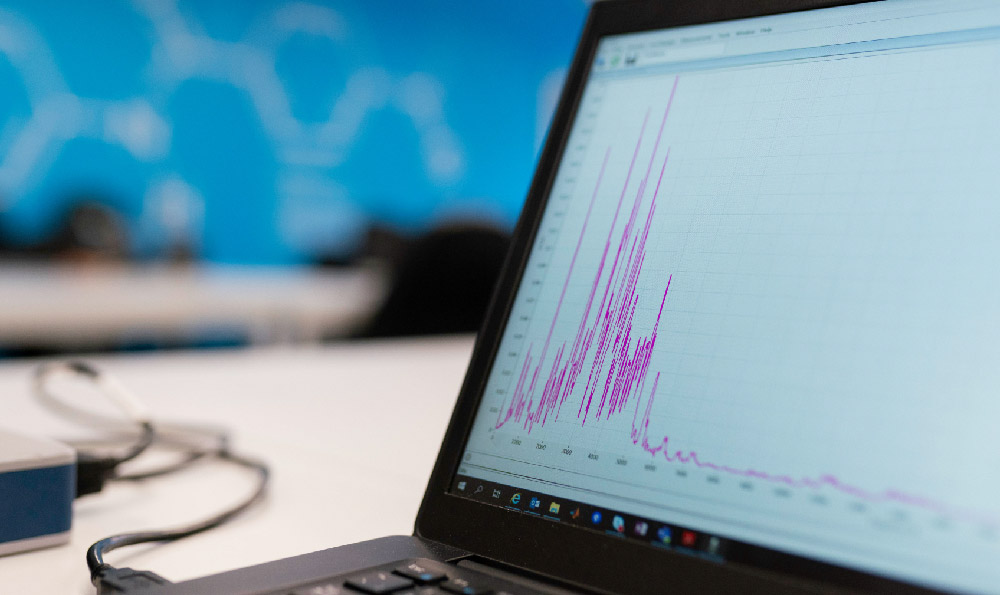How to counterfeit money? Is it possible?
Counterfeiting money, while a concept often explored in fiction, is a serious crime with severe legal and societal consequences. This exploration aims to clarify why counterfeiting is not a viable option and to highlight the implications involved. It is important to remember that this discussion is purely for informational purposes and should not be interpreted as encouragement or guidance for engaging in illegal activities.
The technical challenges involved in successfully counterfeiting currency are immense. Modern banknotes are incredibly complex, incorporating a multitude of security features designed to prevent duplication. These features often include:
-
Specialized Paper: Currency paper is not like regular paper. It is typically made from a blend of cotton and linen, providing a distinctive feel and durability. This specific composition is difficult to replicate without access to specialized equipment and suppliers.

-
Intaglio Printing: This printing technique creates raised, textured areas on the banknote that are difficult to duplicate convincingly. The fine lines and details are extremely precise, requiring specialized presses and skilled engravers.
-
Microprinting: Tiny text, often invisible to the naked eye, is incorporated into the design. This microprinting requires high-resolution printing equipment and is almost impossible to reproduce accurately with standard methods.
-
Watermarks: Watermarks are images or patterns embedded in the paper during the manufacturing process. They become visible when held up to the light and are notoriously difficult to counterfeit effectively.
-
Security Threads: These are thin, embedded threads within the paper that often contain microprinting or color-shifting elements. They are another layer of security that is hard to replicate without access to specialized materials.
-
Color-Shifting Ink: Some denominations utilize ink that changes color when viewed from different angles. This effect is achieved using specialized pigments that are not readily available.
-
Holograms: Holographic images are incorporated into some currencies, providing a dynamic and difficult-to-duplicate security feature. These require advanced technology and expertise to create.
Attempting to replicate all these features convincingly requires a significant investment in sophisticated equipment, specialized materials, and highly skilled personnel. Even with substantial resources, it is extremely difficult to perfectly mimic all the security features of modern currency. Any discrepancies, however minor, can raise suspicion and lead to detection.
Beyond the technical hurdles, the legal ramifications of counterfeiting are severe. It is a federal crime punishable by significant fines and lengthy prison sentences. The penalties vary depending on the severity of the offense, but can easily reach decades of imprisonment. Furthermore, involvement in counterfeiting can lead to related charges such as money laundering and conspiracy, further increasing the potential penalties.
The economic impact of counterfeiting extends far beyond the individual perpetrator. It undermines public confidence in the currency, disrupting trade and commerce. Businesses are forced to spend time and resources verifying banknotes, and consumers may become hesitant to accept cash transactions. In severe cases, widespread counterfeiting can destabilize the entire economy, leading to inflation and financial instability.
Furthermore, getting involved in counterfeiting often exposes individuals to dangerous criminal networks. Counterfeit operations are frequently linked to organized crime, and those involved may face threats, violence, and exploitation. The risks associated with engaging in such activities far outweigh any potential financial gain.
There are significantly more ethical and sustainable paths to wealth creation than resorting to illegal activities like counterfeiting. Consider exploring legal investment options, developing new skills to increase earning potential, or starting a legitimate business. These avenues, while requiring hard work and dedication, offer the opportunity to build wealth ethically and sustainably.
Investing in education and skill development is a productive way to increase financial opportunities. A focused education can unlock the door to high paying jobs in many different sectors. Additionally, learning about finance, investing, and entrepreneurship can help to build a solid foundation for financial well-being.
Counterfeiting might seem like a quick solution to financial struggles, it carries monumental risk and offers no long-term benefits. The technical challenges are almost insurmountable, the legal consequences are devastating, and the potential for exposure to dangerous criminal elements is significant. The smarter and more responsible path is to pursue legal avenues for financial growth, focusing on building skills, investing wisely, and engaging in legitimate economic activities. Remember, integrity and ethical behavior are essential for long-term success and financial well-being.















